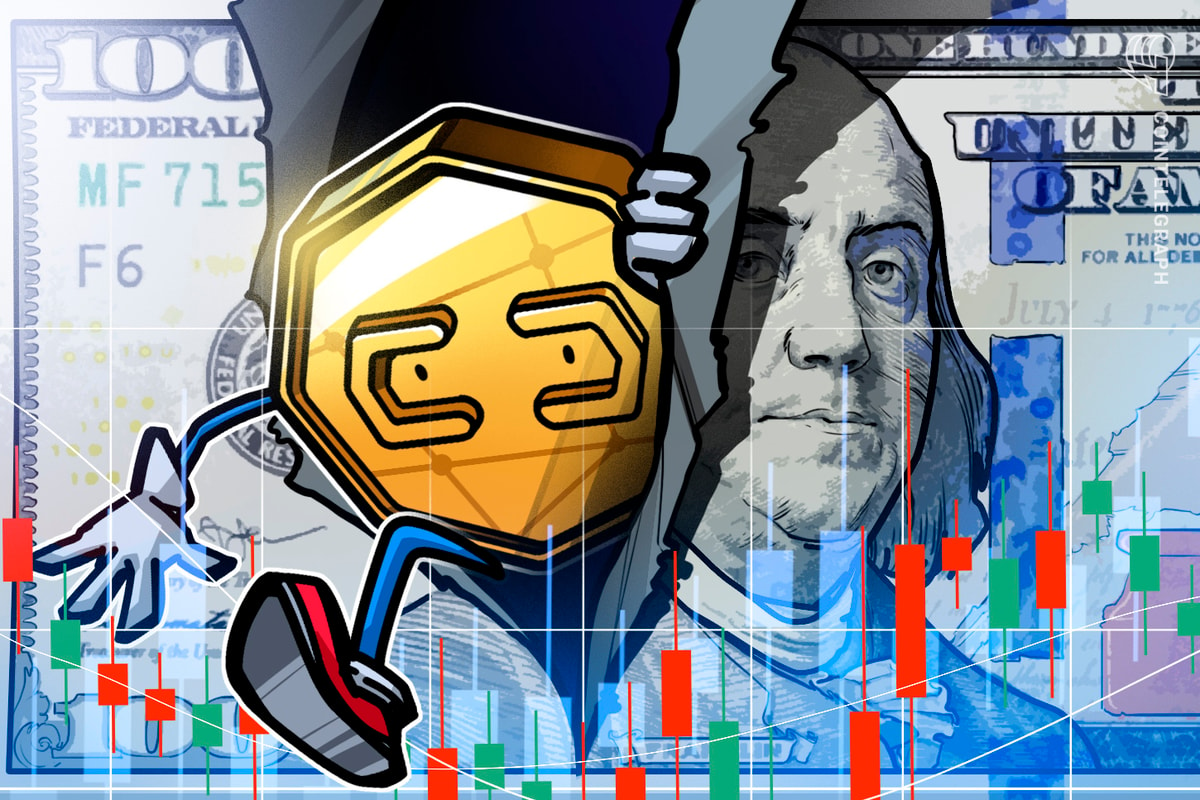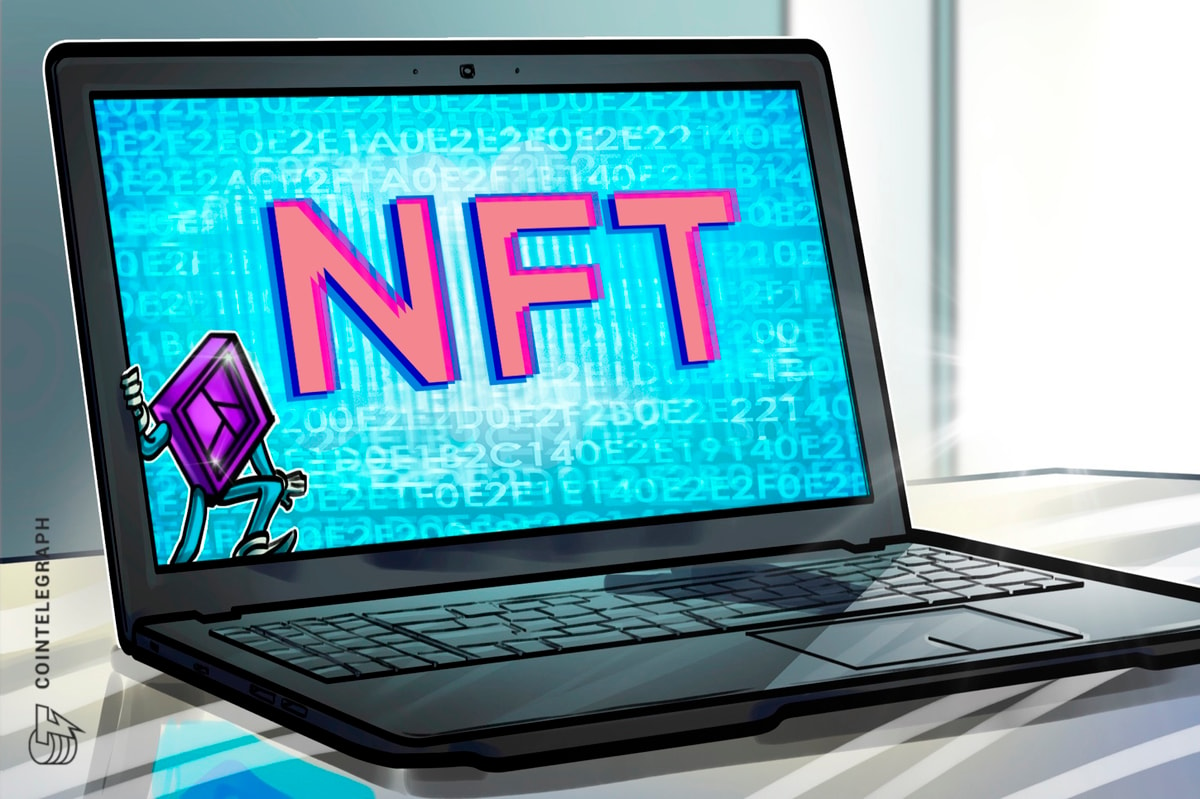Esports was the talk of the town and the go-to buzzword for venture capitalists in the mid-2010s. After that, however, this paradigm of entertainment sports suffered a major fall, with investors looking at greener pastures seeking a good return on their money.
Electronic sports, or esports, is a term used to denote professional online gaming in tournaments and leagues. These teams are usually backed by esports organisations, whose main source of income is advertisement and prize pools. Over the years, esports has evolved from the pipe dream of try-hard gamers into an actual career path.
From multi-million dollar tournaments to celebrity teams, esports was poised to become the next big spectator sport. Names like Team Liquid, OG, Evil Geniuses, Fanatic, and Global Esports became common parlance for gamers and attained cult status for their phenomenal performances in million-dollar tournaments.
Despite its explosive upward trajectory over the last decade, the esports industry has had a downturn over the past couple of years. As the field was mainly centred around blockbuster events, it was hit hard by the pandemic, with many tournaments moving to a remote model as a consequence of global lockdowns. The recession caused by the pandemic proved to be a double whammy for the industry, as VCs slowly backed out, citing lack of profits.
The esports market went from $4.5 billion invested in 2018 to just over $300 million in 2022. While some companies like Team SoloMid have diversified into content and merchandising for revenue, others have put themselves on the market for acquisition or failed entirely. Moreover, VCs now have a brand new toy to play with – Web3 gaming.
Even as the industry experiences a downturn, India has bucked the trend. Indian esports companies are in fact witnessing their golden age, riding the wave of mobile gaming in the world’s largest digital ecosystem. Does that mean the market is lagging behind? Or is it setting a new precedent for esports? Read on to find out.
The Beginning Of The End
The years 2018 and 2019 were landmark for esports all over the world, both in terms of funding and prize pools. In addition to the aforementioned VC funding boom, tournaments routinely had prize pools over $10 million. In 2019, The International, the world’s biggest esports tournament, offered up a prize pool of $34.3 million, with the Fortnite World Cup Solo championship offering $15 million.
Viewership for these events was also at an all-time high. A League of Legends tournament in November of 2019 saw 44 million concurrent viewers tune in to watch the finals, boasting a total viewership of more than 100 million over the course of the tournament. The industry seemed slated for a big boom, but the pandemic had other plans.
Esports went through a period of uncertainty during the pandemic. Due to event organisers not being able to hold events in public spaces, many investors and advertisers were left with a bad taste whenever esports was mentioned. Sponsors and advertisers stopped collaborating with esports organisations, cutting off one of their main sources of revenue.
Investors too began to move towards crypto and Web3 gaming as a whole. Crypto saw a huge boom in 2020 and 2021 preceding its meltdown, leading to many companies building a Web3 ecosystem centred around NFTs. Blockchain gaming began gaining traction in late 2021, with $2.5 billion invested in the field in Q1 2022 alone. Moreover, the industry has also matured beyond NFT mints and pay-to-earn models, attracting higher VC attention.
Even as VCs flock towards investing in Web3 games in Western markets, Indian investors are still looking to build the country’s esports scene.
The Next Paradigm Of Esports
With its 1.3 billion population, India has become the prime target for companies looking to get their next billion users. The country has been undergoing a digital revolution due to low data rates, exposing a whole new market of users to online verticals. While India has also been a prime market for gaming, it is now beginning to grow its esports chops.
A wide variety of the population exposed to gaming has now made it their goal to break into India’s burgeoning esports scene. What started with international teams like Global Esports and Team Fnatic has now blossomed into a market filled with home-grown esports teams composed of all-Indian rosters.
While the lockdown saw interest in esports dip worldwide, it was one of the catalysts for the field’s growth in India. Players like Aditya ‘Dynamo’ Sawant, Tanmay ‘Sc0utOP’ Singh and Naman ‘Mortal’ Sandeep Mathur captured the attention of aspiring mobile gamers with their streams of games like Garena Free Fire and PUBG Mobile. The high viewership on these streams prompted many of these influencers to start their own esports organisations and accompanying teams, kickstarting the mobile esports gaming scene in the country.
Brands and companies jumped on the bandwagon to sponsor big events in the esports scene in India. Some examples include the Valorant Conquerors Championship (backed by Riot Games), and Battlegrounds Mobile India Series (backed by Krafton).
Due to the wide accessibility of mobile games in India, many aspiring gamers also took to their phones to scout for an opportunity to play in the big leagues. A report compiled by EY on the state of the media and entertainment sector in India in 2022 found that the number of players in esports doubled in 2021, from 300,000 to 600,000. Revenue also witnessed a similar rise, growing 29% in the same time span.
The market is projected to grow even further, with over 500 million esports gamers by 2025. Moreover, with the Indian government also focusing on esports through their Animation, Visual Effects, Gaming and Comics (AVGC) Task Force initiated in the 2022-23 budget. The field is sure to be the next big money maker for Indian media companies, as well as a possible career path for budding gamers.
Read More: news.google.com









 Bitcoin
Bitcoin  Ethereum
Ethereum  Tether
Tether  XRP
XRP  Solana
Solana  USDC
USDC  Dogecoin
Dogecoin  Cardano
Cardano  TRON
TRON  Lido Staked Ether
Lido Staked Ether  Wrapped Bitcoin
Wrapped Bitcoin  Sui
Sui  Hyperliquid
Hyperliquid  Wrapped stETH
Wrapped stETH  Chainlink
Chainlink  Avalanche
Avalanche  Stellar
Stellar  Bitcoin Cash
Bitcoin Cash  Shiba Inu
Shiba Inu  Hedera
Hedera  LEO Token
LEO Token  Toncoin
Toncoin  Litecoin
Litecoin  Monero
Monero  WETH
WETH  Polkadot
Polkadot  USDS
USDS  Bitget Token
Bitget Token  Wrapped eETH
Wrapped eETH  Pepe
Pepe  Binance Bridged USDT (BNB Smart Chain)
Binance Bridged USDT (BNB Smart Chain)  Pi Network
Pi Network  Ethena USDe
Ethena USDe  WhiteBIT Coin
WhiteBIT Coin  Coinbase Wrapped BTC
Coinbase Wrapped BTC  Aave
Aave  Bittensor
Bittensor  Dai
Dai  Uniswap
Uniswap  NEAR Protocol
NEAR Protocol  Aptos
Aptos  Jito Staked SOL
Jito Staked SOL  OKB
OKB  Ondo
Ondo  BlackRock USD Institutional Digital Liquidity Fund
BlackRock USD Institutional Digital Liquidity Fund  Cronos
Cronos  Ethereum Classic
Ethereum Classic  Internet Computer
Internet Computer